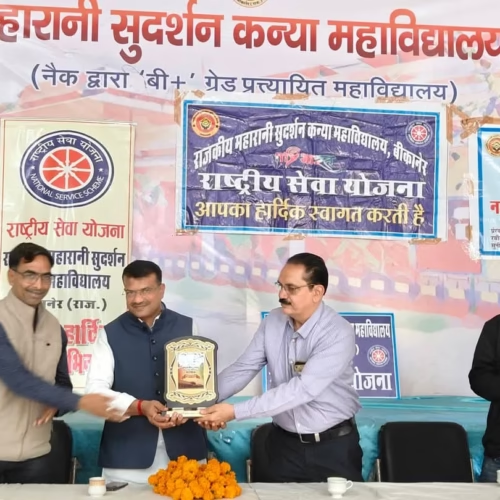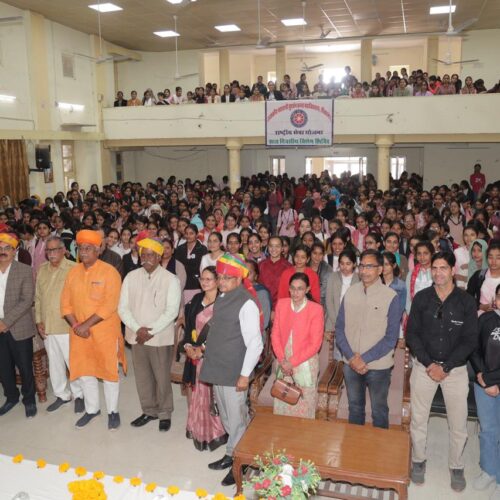China’s Drone-Based Atmospheric Detection Systems Achieve Over 99% Accuracy in Comparison Tests
By Defence Journalist Sahil
In a significant leap for China’s meteorological and atmospheric research capabilities, the country has successfully completed comprehensive comparison trials for two domestically developed airborne atmospheric sensing systems — the airborne atmospheric parameter sensor and a hot-wire Liquid Water Content (LWC) detector. The systems were tested aboard a medium-sized rotary-wing unmanned aerial vehicle (UAV), as part of a state-backed program to enhance autonomous weather surveillance and cloud modification capabilities.
These rigorous tests, conducted on May 10, yielded impressive results. According to experts associated with the program, the readings from the Chinese-developed systems showed more than 99% consistency when benchmarked against established foreign technologies. This confirms not just the accuracy and reliability of the equipment, but also underscores China’s expanding capacity to independently develop critical scientific instruments in sectors that were once technology-restricted or import-dependent.
Testing Highlights
The UAV-based comparison trials were conducted in a mountainous region under controlled atmospheric conditions. The drone, clearly visible in the test image, appears to be part of a new generation of rotary-wing UAVs adapted for scientific missions — equipped with stabilizing landing skids, precision instrument pods, and extended range capabilities. The onboard systems were subjected to varied environmental conditions to verify their performance in detecting crucial atmospheric data such as temperature, humidity, pressure, and microphysical cloud parameters.
The hot-wire LWC detector, a sophisticated instrument designed to measure the water content in clouds — an essential parameter for both aviation safety and weather modification — also matched its foreign counterparts almost perfectly. Its accurate performance could make it indispensable for missions related to cloud seeding, artificial rainfall, and fog dispersal — especially in regions prone to prolonged drought or poor air quality.
Strategic Significance
China’s emphasis on indigenous R&D in atmospheric science tools is strategically significant. Weather manipulation and meteorological intelligence are not only key for disaster mitigation and agriculture, but also have dual-use military applications — such as battlefield weather forecasting, communication optimization, and remote surveillance under difficult climatic conditions.
This breakthrough aligns with China’s broader ambitions to establish technological autonomy in key domains, reducing dependence on Western systems. The timing is particularly notable amid rising geopolitical tensions and global tech decoupling trends. According to Chinese media and affiliated research institutes, the technology will soon be deployed across national weather monitoring stations and integrated into meteorological drone fleets for real-time forecasting and emergency response.
99% तक सटीकता के साथ चीन ने विकसित किया नया हवाई मौसम सेंसर सिस्टम
By Defence Journalist Sahil
चीन ने मौसम संशोधन और निचली ऊंचाई पर मौसम अनुसंधान के लिए एक बड़ी तकनीकी उपलब्धि हासिल की है। 10 मई को, चीन में विकसित दो स्वदेशी सिस्टम — एयरबोर्न एटमॉस्फेरिक पैरामीटर सेंसर और हॉट-वायर लिक्विड वॉटर कंटेंट (LWC) डिटेक्टर — ने ड्रोन के माध्यम से की गई तुलना परीक्षणों में 99% से अधिक सटीकता दिखाई।
यह परीक्षण एक रोटरी-विंग यूएवी (Unmanned Aerial Vehicle) पर किया गया, जो वैज्ञानिक शोध और मौसम संबंधित अभियानों के लिए विशेष रूप से तैयार किया गया है। यह सेंसर सिस्टम तापमान, दबाव, नमी और क्लाउड माइक्रोफिजिकल डेटा को अत्यधिक सटीकता से मापने में सक्षम हैं।
परीक्षण की प्रमुख बातें
पर्यावरणीय परिस्थितियों के तहत परीक्षण किए गए इन सिस्टम्स ने विदेशी उपकरणों के मुकाबले में लगभग समान डेटा दिया। विशेष रूप से हॉट-वायर LWC डिटेक्टर ने क्लाउड वाटर कंटेंट को इतनी सटीकता से मापा कि इसे कृत्रिम वर्षा, बादल संशोधन और दृश्यता सुधार जैसी परियोजनाओं में इस्तेमाल किया जा सकेगा।
छवि में दिखाई देने वाला ड्रोन एक उच्च तकनीक वाला यूएवी है, जिसमें वैज्ञानिक उपकरणों को ले जाने और कठिन इलाकों में उड़ान भरने की क्षमताएं हैं। परीक्षण टीम में कई तकनीकी विशेषज्ञ, ग्राउंड सपोर्ट क्रू और डेटा विश्लेषक शामिल थे।
रणनीतिक महत्व
यह उपलब्धि सिर्फ वैज्ञानिक विकास नहीं बल्कि चीन की स्वतंत्र तकनीकी नीति का प्रमाण है। मौसम पूर्वानुमान और जलवायु नियंत्रण अब केवल कृषि या आपदा प्रबंधन तक सीमित नहीं हैं, बल्कि रक्षा क्षेत्र में भी इनका व्यापक उपयोग होता है — जैसे युद्धक्षेत्र में मौसम की जानकारी, संचार नेटवर्क की योजना, और सीमित दृश्यता में निगरानी।
यह सफलता चीन को पश्चिमी देशों पर निर्भरता से मुक्त करेगी, खासकर उन तकनीकों में जहां तकनीकी प्रतिबंध लागू होते रहे हैं। आने वाले समय में इन सिस्टम्स का उपयोग चीन के राष्ट्रीय मौसम स्टेशन, आपातकालीन मौसम राहत कार्यों और वैज्ञानिक अनुसंधानों में किया जाएगा।

















Add Comment